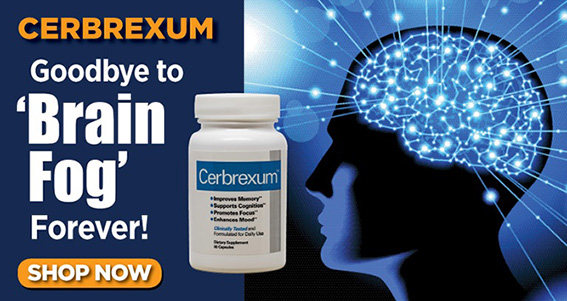[Printable Version of This Page]
Steam treatment reduces enlarged prostate
![[Image 1]](/rhp/images/library/195/prostate.webp)
The prostate is an exclusive gland of the male genitourinary apparatus, formed by muscle and glandular tissue and weighing approximately 20 grams. It is located in front of the rectum, surrounds the bladder and urethra, and participates in the production of the seminal fluid, along with the periurethral glands and the seminal vesicles.
Benign prostatic hyperplasia (BPH) is an entity characterized by an increase in glandular size and by the presence of an obstructive and irritative component that causes lower urinary tract symptoms (LUTS) and alterations in the quality of life of patients. It mainly affects men over 50 years of age. Benign prostatic hyperplasia (BPH), a very common entity worldwide, is the main reason for urological consultation in men. BPH is one of the most frequent benign tumors in direct relationship with age. In the US, the prevalence is 8% between 31 and 40 years and over 80% in those over 80 years. The prevalence in Europe presents a range of 14% in subjects of 40 years of age to 30-40% from 60 years.
The consultation for symptoms secondary to BPH is very frequent in outpatient practice. Obstructive symptoms include difficulty in initiating urination, decreased strength and caliber of the voiding stream, post-void dribbling, and incomplete voiding. Irritative symptoms include urgency, urinary frequency, and nocturia. It is worth noting that dysuria or burning during urination is also considered an irritative symptom, but patients with BPH rarely complain of dysuria, except when they have an overactive urinary tract infection.
The treatment of benign prostatic hyperplasia is aimed at reducing urinary symptoms and improving the quality of life of the patient. Will come conditioned by the clinic, comorbidities and the patient's expectations. The three available therapeutic options are watchful waiting, medical treatment, and surgical treatment, and the therapeutic decision will be conditioned, in addition to the above aspects, by the effectiveness and safety of the treatment, by the best cost-effectiveness ratio, and by the patient’s preferences.
Surgical treatment is the method that offers a better response for symptoms but carries a higher risk of complications. Transurethral resection of the prostate was until recently the most effective therapeutic option for those patients who do not respond favorably, or who do not accept pharmacological therapy.
Current procedures used to reduce the size of the prostate, while effective, can lead to highly feared side effects such as loss of sexual function, bleeding, and incontinence, and patients must stay in the hospital for days after the surgery.
If you are one of the millions of men who are not satisfied with your current treatment of benign prostatic hyperplasia (BPH) (such as medication or surgery), water vapor therapy, called Rezūm, is a new, safe and effective option designed to transform your experience regarding the treatment of BPH.
A study conducted in British patients showed that this procedure reduced the size of the prostate by 36%, these results are similar to those obtained with other treatments, but the detestable side effects mentioned above are avoided.
Rezūm uses the natural energy stored in the water vapor. It is a safe and effective procedure, available for the treatment of symptoms associated with benign prostatic hyperplasia. During each treatment, the sterile water vapor is released into the enlarged prostate tissue. When the steam turns into water, all the stored energy is released, which causes the death of the cells. Over time, your body's immune system removes the dead cells, reducing the size of the prostate. With the removal of the prostatic tissue, the urethra is unclogged, reducing the symptoms of BPH. Most patients begin to experience relief of symptoms in only two weeks, and maximum benefits are reached within three months.
Before the procedure, your doctor may ask you to stop using anticoagulants a few days or a week before the procedure. The procedure is completed in just a few minutes; however, keep in mind that the total duration of the consultation with your doctor will be approximately 2 hours. After the procedure, your doctor will prescribe analgesics and antibiotics orally for 3 to 5 days. The doctor may recommend the use of a urethral catheter for a few days to facilitate urination during the recovery process.


![[Guarantee]](https://scripts.renownhealthproducts.com/rhp/images/money-back-guarantee.webp)
![[Renown Health Products: Proudly Providing Superior Grade Supplements Since 2002]](https://scripts.renownhealthproducts.com/rhp/images/rhpmain/design2/seal-285-240.webp)




